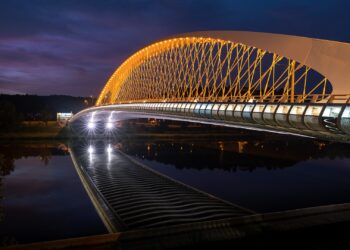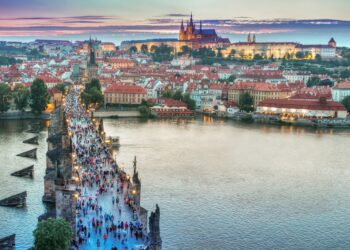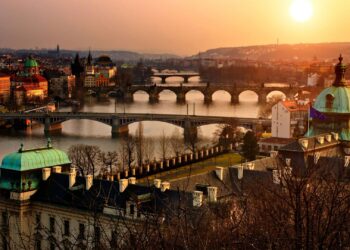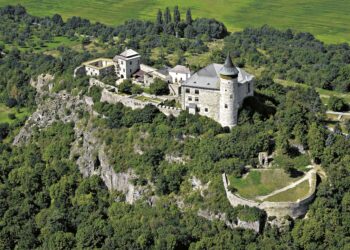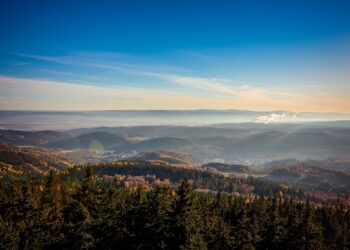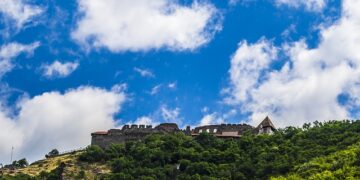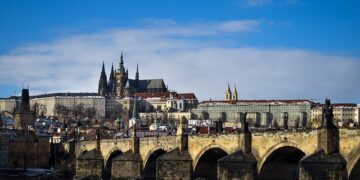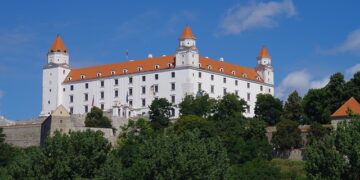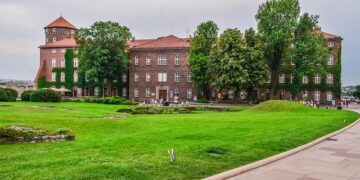VISEGRAD GROUP - V4
The Visegrad Group (V4) is an alliance of four Central European countries: Czechia , Hungary, Poland, and Slovakia. The V4 was established to further the European integration of its participants and to encourage their military, economic and energy cooperation.
Counted as a single whole, the V4 would rank as the fifth largest economy in Europe and the twelfth largest in the world. The only formal V4 institution is the International Visegrad Fund (IVF) established in 1999. The IVF supports individuals and NGOs from the V4, Western Balkans, and Eastern Partnership regions, as well as from other countries.
Counted as a single whole, the V4 would rank as the fifth largest economy in Europe and the twelfth largest in the world. The only formal V4 institution is the International Visegrad Fund (IVF) established in 1999. The IVF supports individuals and NGOs from the V4, Western Balkans and Eastern Partnership regions as well as from other countries.
The V4 was founded at a summit meeting of Czechoslovak, Hungarian, and Polish leaders at Visegrad, Hungary, on 15 February 1991.
Throughout centuries, the history and culture of Poland, Czechia , Hungary, and Slovakia have been intertwined in many ways, and the Visegrad Group is an embodiment of the four countries’ many shared interests and ambitions. The 30 years of cooperation, which was inaugurated at the Visegrad Castle in 1991, and which brought the four Prime Ministers, as well as the President of the European Council, to the Wawel Castle for the 2021 anniversary celebrations under the Polish presidency of the Group, are a milestone and a starting point for new challenges.
The Visegrad Castle, Hungary
This is where everything started 30 years ago! Located just outside of Budapest, on the Danube, this beautiful fortress served as a royal residence for Hungarian kings who continued to enlarge the castle, palace, and fortifications until the 1540 invasion by the Ottoman Empire, which left it severely damaged. It was never inhabited after that. Since the castle sits atop a hill, the view of the Danube Bend is breathtaking!
Prague Castle, one of the world’s largest castle complexes, with an area bigger than seven football fields, is located on the left bank of the Vltava River. The castle, built as a fortified settlement in the 9th century, has always served as the seat of Czech monarchs and then as the official residence of the Czech head of state. It grew larger with each of the four major reconstructions to become the fairy-tale fortress and mixture of architectural styles it is today.
Bratislava Castle started off as a border fortress built by the Romans on the crossroads of two important trade routes: one led along the Danube and the other connected the Roman Empire with the Baltic Sea. The hill fort was first turned into a stone castle, then into a heavily fortified stronghold and finally into an imperial residence of the Habsburgs. A fire in 1811 destroyed most of the castle buildings, which were magnificently rebuilt in Renaissance stye in the 1960s and turned into a museum.
In his last will, in 1138, King Boleslaus the Wrymouth divided the country into districts and designated Kraków as the seat of the senior prince. For centuries, Wawel Hill, with its towering royal castle and cathedral, was the political and cultural heart of Poland, the symbol of Polish statehood, and the country’s capital until 1795. Today’s Renaissance palace dates from the 16th century and houses a museum, guarded by a fire-spitting dragon that lives at the foot of the hill.
© 2022 Ministry of Foreign Affairs


